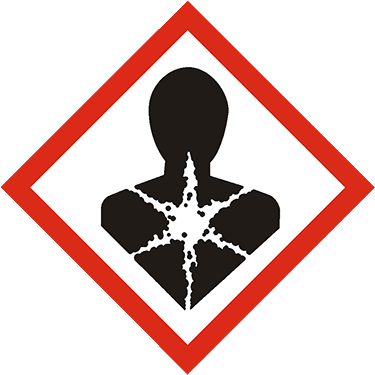Click "Allow Cookies" to consent to storing cookies on your device to improve your experience on our site. Learn more.
Gasoline Refinery Aromatics Standard
Catalog NumberCat#
D-5769-ADD-IS
17034 Classification17034 Class.
Certified Reference Material
Matrix
Varied conc. by %w/w
Number of ComponentsComps.
27 See Analytes
Storage ConditionStorage
Ambient (>5 °C)
Unit
1 mL
Price (USD) Price
$120.00
Product Details
Typical ChromatogramChrom.
Analytes
| Analyte | CAS Number | Target Concentration |
|---|---|---|
| Benzene | 71-43-2 | 4160 mg/100g |
| Toluene | 108-88-3 | 16410 mg/100g |
| Ethylbenzene | 100-41-4 | 4100 mg/100g |
| m-Xylene | 108-38-3 | 4910 mg/100g |
| p-Xylene | 106-42-3 | 4910 mg/100g |
| o-Xylene | 95-47-6 | 5000 mg/100g |
| Isopropylbenzene | 98-82-8 | 2450 mg/100g |
| n-Propylbenzene | 103-65-1 | 2450 mg/100g |
| 1-Methyl-3-ethylbenzene | 620-14-4 | 2450 mg/100g |
| 1-Methyl-4-ethylbenzene | 622-96-8 | 2440 mg/100g |
| 1,3,5-Trimethylbenzene | 108-67-8 | 2460 mg/100g |
| 1-Methyl-2-ethylbenzene | 611-14-3 | 2500 mg/100g |
| 1,2,4-Trimethylbenzene | 95-63-6 | 4140 mg/100g |
| 1,2,3-Trimethylbenzene | 526-73-8 | 2540 mg/100g |
| Indan | 496-11-7 | 2730 mg/100g |
| 1,4-Diethylbenzene | 105-05-5 | 2450 mg/100g |
| n-Butylbenzene | 104-51-8 | 2440 mg/100g |
| o-Diethylbenzene | 135-01-3 | 2500 mg/100g |
| 1,2,4,5-Tetramethylbenzene | 95-93-2 | 1680 mg/100g |
| 1,2,3,5-Tetramethylbenzene | 527-53-7 | 1680 mg/100g |
| Naphthalene | 91-20-3 | 1880 mg/100g |
| 1-Methylnaphthalene | 90-12-0 | 1880 mg/100g |
| 2-Methylnaphthalene | 91-57-6 | 1930 mg/100g |
| Isooctane | 540-84-1 | 19920 mg/100g |
| Benzene-d6 | 1076-43-3 | 1980 mg/100g |
| Ethylbenzene-d10 | 25837-05-2 | 1978 mg/100g |
| Naphthalene-d8 | 1146-65-2 | 1042 mg/100g |




